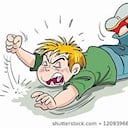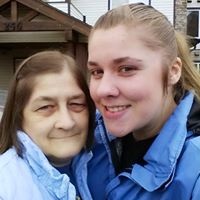What is Osteonecrosis?
Osteonecrosis, also known as avascular necrosis (AVN), or ischemic bone necrosis, is a disease resulting in the death of bone cells. If the process involves bones near a joint, it can lead to collapse of the joint surface and subsequent arthritis.
Although it can happen in any bone, osteonecrosis most commonly affects the ends of long bones such as the femur. Commonly involved bones are the upper femur (ball part of the hip socket) the lower femur (a part of the knee joint), the upper humerus (upper arm bone involving the shoulder joint), and the bones of ankle joint. The disease may affect just one bone, more than one bone at the same time, or more than one bone at different times. Orthopedic surgeons most often diagnose the disease using either an X-ray of magnetic resonance scan (MRI).
The amount of resulting disability depends on what part of the bone is affected, how large an area, how far the disease has progressed, and how effectively the bone rebuilds itself.
Bone rebuilding occurs after injury as well as during normal growth. Normally, bone breaks down and rebuilds as old bone is reabsorbed and replaced with new bone. The process keeps the skeleton strong and helps maintain a balance of minerals. With osteonecrosis, the healing process is ineffective and the bone tissues break down faster than the body can repair them. People of any age can get osteonecrosis, but it is most common in people in their 30s and 40s.The exact cause is unknown.
More Info:
rarediseases.org



